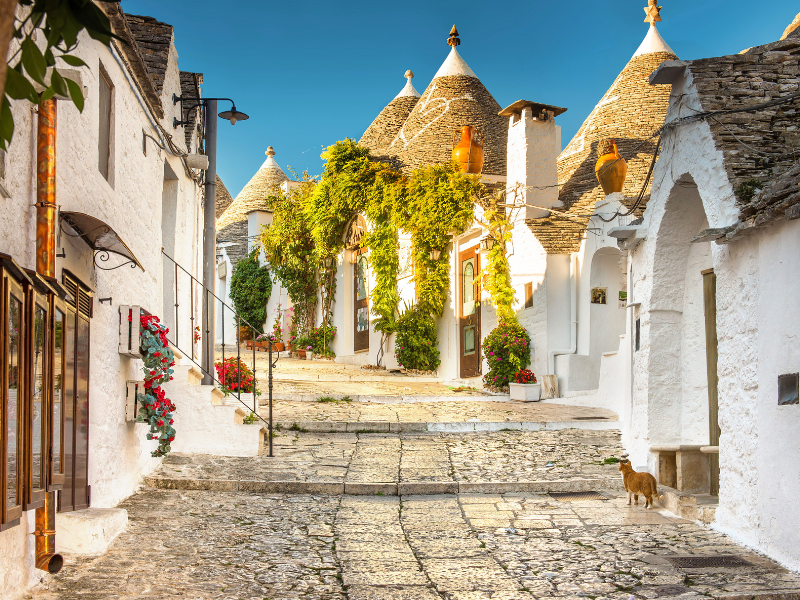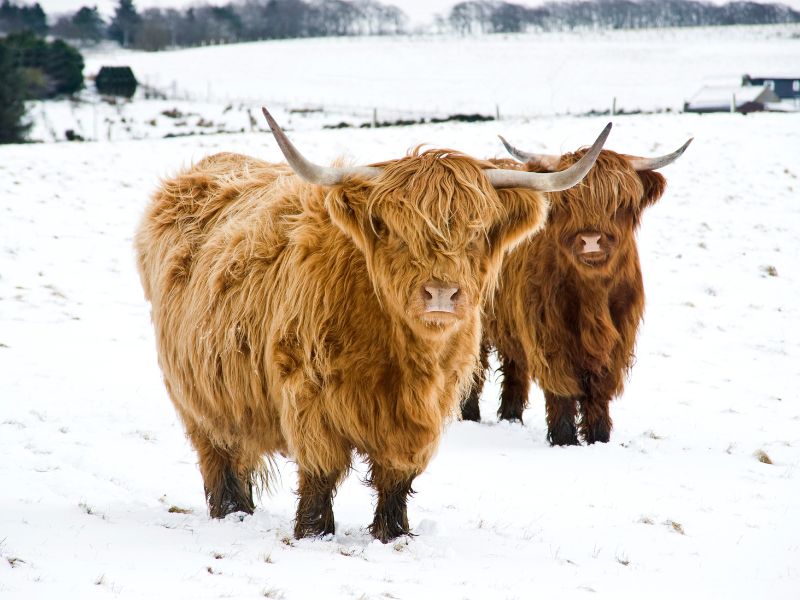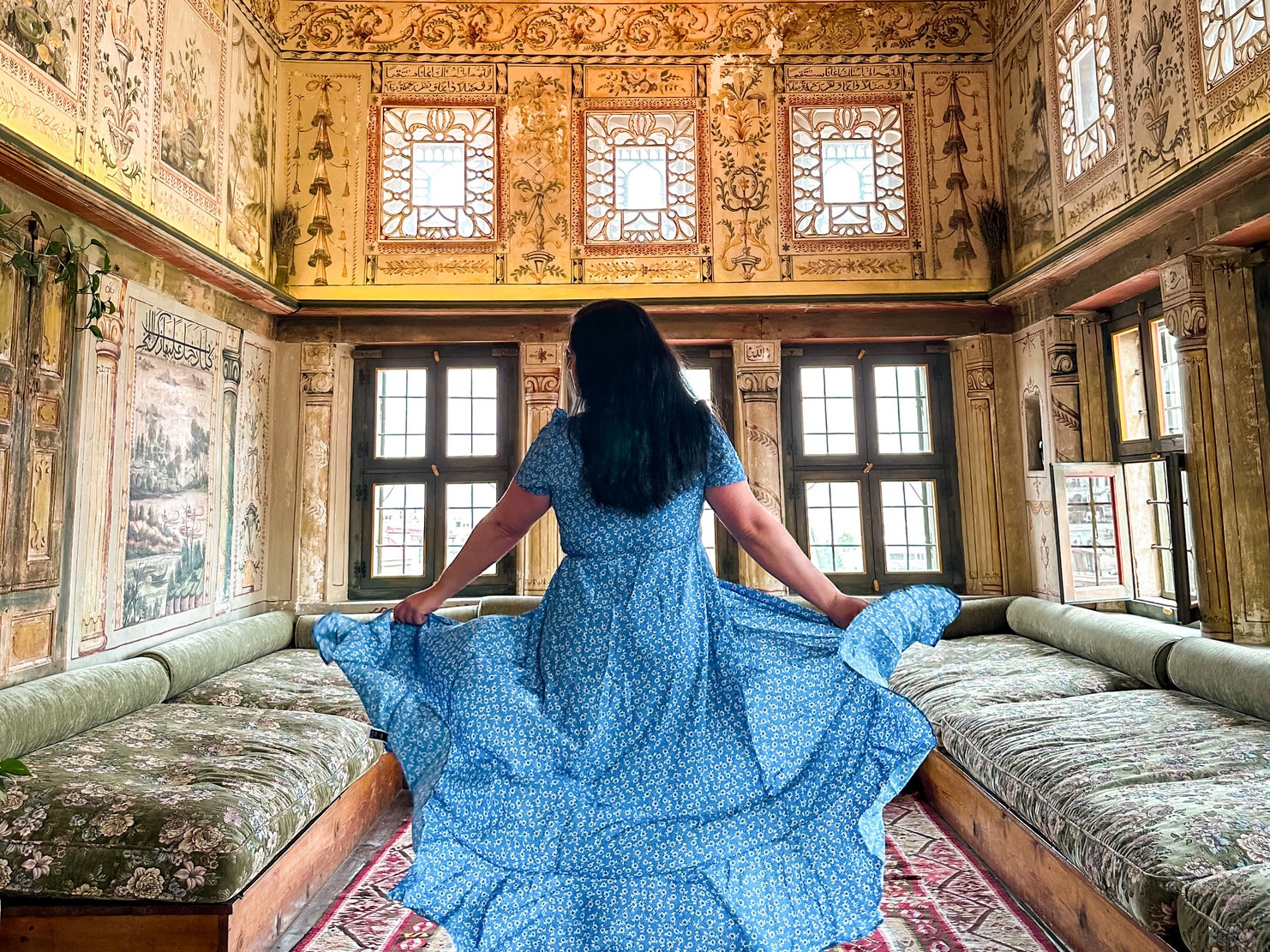10 fun facts about the Danish Language (by a Dane)
Looking for some fun facts about the Danish language? You’re in the right place!
In this post, I’ll share the most interesting Danish language facts, from its origins and dialects to its alphabet and pronunciation.
Let’s dive in.
This post contains referral links for products I love. Adventurous Miriam earns a small commission at no extra cost to you if you purchase through my links. I appreciate your support ♡ Learn more
The Danish language
Danish is the main language in Denmark, and it’s also spoken in Greenland, Faroe Islands and Northern Germany.
Danish derives from Old Norse, which was spoken by the Vikings (800BC).
That’s why it’s similar to other languages such as Faroese, Icelandic, Norwegian, and Swedish. If you learn a few basic Danish phrases, you’ll be able to get by in Norway and Sweden as well.
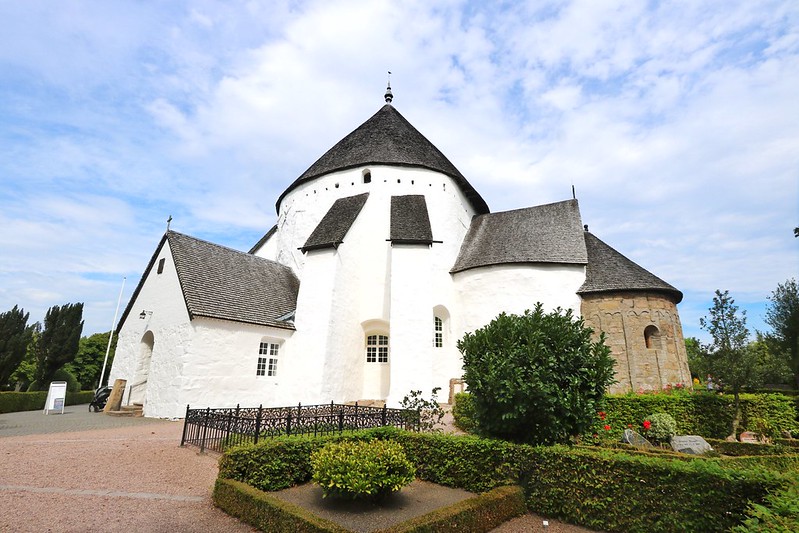
10 facts about the Danish Language
1. Danish, Swedish, and Norwegian is similar
So, if you learn Danish, you’ll be able to understand a little Swedish and most Norwegian, too.
This makes traveling between Denmark, Sweden, and Norway pretty handy because you can pick up words and phrases more easily.
2. Danish is an official language in Greenland and the Faroe Islands.
Danish isn’t just spoken in Denmark.
It’s also the official language in Greenland and the Faroe Islands because they’re part of the Kingdom of Denmark.
3. There’s a polite way of saying “you”.
Du is informal, whereas De is formal. It’s rarely used anymore, though. Our King is addressed “De”.
4. Danish got a new letter in 1948
Up until 1948, the letter å didn’t exist. Before, it was written as aa (like the city Aarhus).
A fun fact is that the city council of Aarhus decided to change the name back from Århus to Aarhus in 2011 to make it more international.

5. Danish has two genders
But they’re not feminine and masculine.
Instead, we have en and et. It’s like a and an in a way, but in Danish there is no rule for when something is called a house or an house.
6. There are 32 different dialects of the Danish language
In Denmark, the Danish language isn’t just one-size-fits-all. There are actually 32 different dialects (some of which are impossible to understand)!
This means when you move around the country, you’re going to hear Danish spoken in lots of different ways. Some words might change, or the way sentences are put together can vary.
The main Danish dialects include Jutlandic (jysk), Island Danish (ømål), and East Danish (Bornholmsk).
Jutlandic further divides into South Jutlandic, challenging for many Danes, and other dialects like North, East, and West Jutlandic. Island dialects encompass Amagermål, Sjællandsk, Fynsk, and Sydømål.
7. Danish comes from Old Norse
Danish comes from Old Norse, the Viking language.
Back when Vikings were exploring and settling around, they spoke Old Norse, which over time evolved into Danish, Swedish, and Norwegian.
8. Rød grød med fløde
If a Dane asks you to pronounce rød grød med fløde (“Red porridge with cream”), they’re probably pulling a prank. It’s near impossible to pronounce for non-native speakers.
This is Danish humor at its best.
9. Danish is spoken by around 6 million speakers
About 6 million people speak Danish worldwide.
That might not sound like a lot when you compare it to English or Spanish, but it’s pretty impressive for a small country like Denmark.
This community of Danish speakers includes not just people in Denmark, but also Danish expats and communities in places like Greenland and the Faroe Islands.
10. The word “gift” means “married” and “poison”
Here’s a quirky language fact: in Danish, the word “gift” has two totally opposite meanings.
On one hand, it means “married,” as in “I’m gift” which means “I’m married.”
But on the other hand, it also means “poison.” So, if someone says “gift,” you might want to clarify whether they’re talking about love or something toxic!
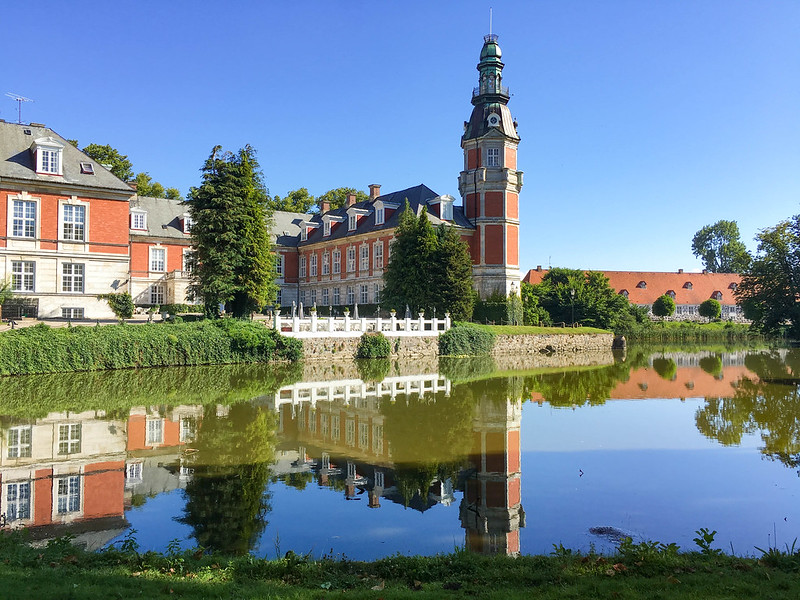
About the Danish alphabet
Trying to learn Danish?
Knowing the Danish alphabet is important if you want to pronounce the words correctly. It consists of 28 letters, including the standard English alphabet plus three extra vowels: æ, ø, and å.
- Æ is a blend of ‘a’ and ‘e’, sounding like the ‘a’ in “ate”.
- Ø is challenging to replicate in English, similar to the “u” in “burn” or “i” in “bird”.
- Å sound like the ‘o’ in “go”.
Here is the Danish alphabet
| a (ah) | j (yee) | s (ess) |
| b (be) | k (kå) | t (te) |
| c (se) | l (el) | u (u) |
| d (de) | m (emm) | v (ve) |
| e (eh) | n (enn) | x (eks) |
| f (eff) | o (o) | y (y) |
| g (geh) | p (pe) | z (sett) |
| h (hå) | q (ku) | Æ (ah) Ø (uh) Å (oh) |
| i (ee) | r (err) |
FAQ – Danish Language facts
What is special about the Danish language?
The Danish language has unique quirks, like words with dual meanings and a rich variety of dialects.
How old is Danish language?
The Danish language has roots dating back to Old Norse, spoken by the Vikings over a thousand years ago.
What is a trivia about the Danish language?
An interesting trivia about the Danish language is that it uses the letters “æ, ø, and å” which are unique to Danish.
These special letters represent sounds that don’t exist in English.
Is Danish a fast language?
Yes, Danish is spoken quickly and softly, with a somewhat monotonous tone, making it challenging to comprehend for some.
Is Danish hard to learn?
Yes, Danish can be challenging to learn, especially for non-native speakers, due to its pronunciation, grammar, and unique vowel sounds.
Is Danish a language?
Oh, yes. It the official language of Denmark.
What language does Denmark speak?
We speak Danish in Denmark.
More posts you might like
- 80 useful Danish phrases you should know
- How to say how are you in Danish (7 phrases & 10 replies)
- 25 fun facts about Denmark
Save it!


